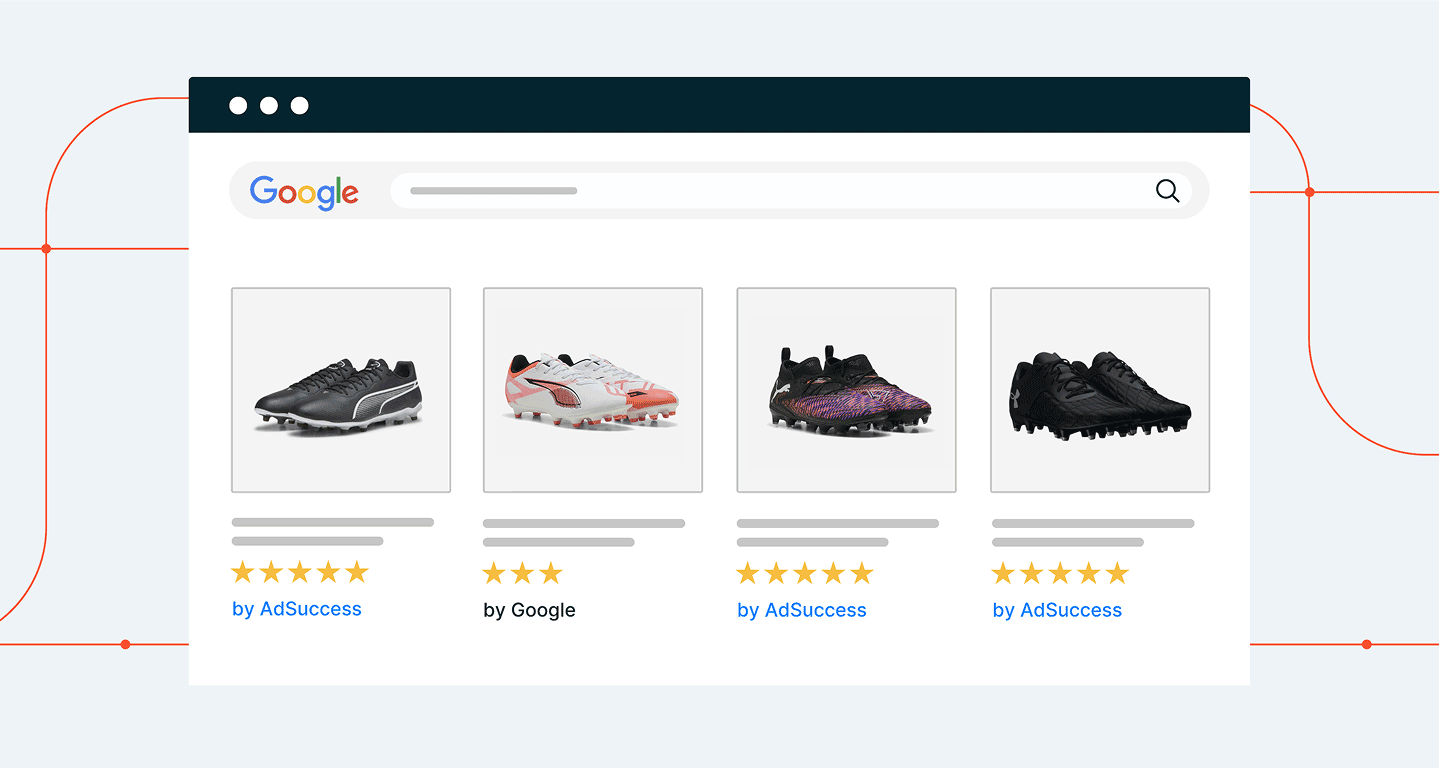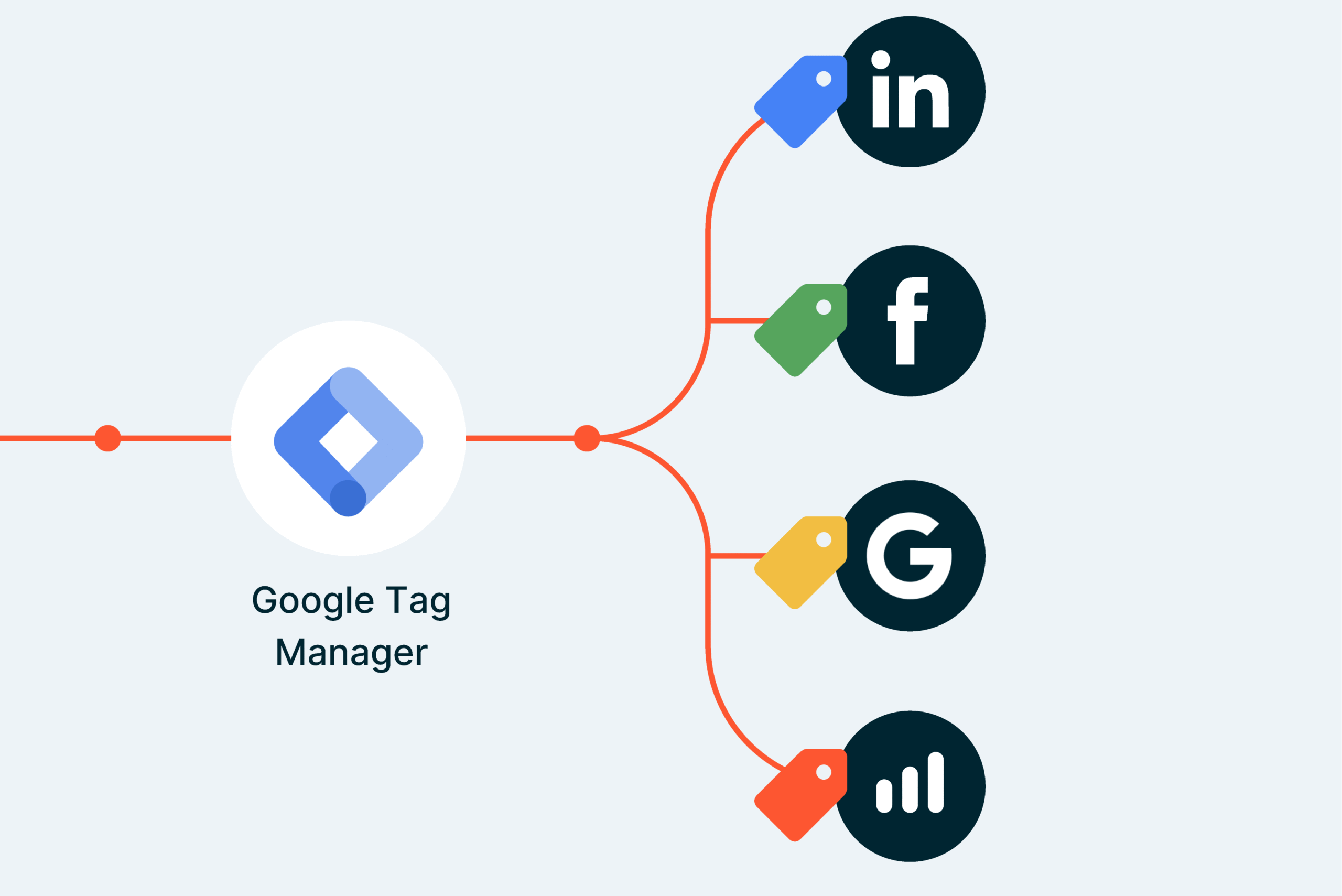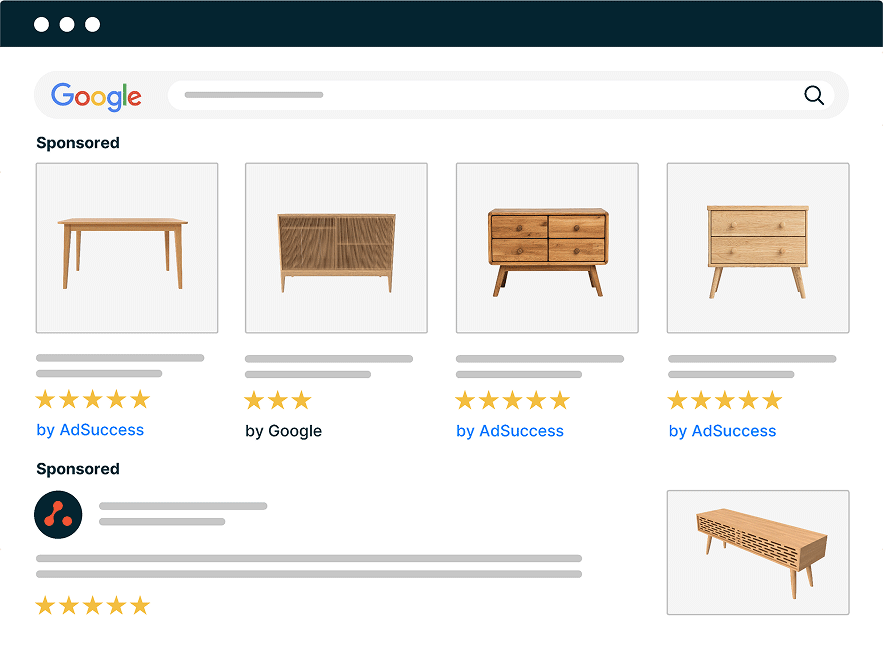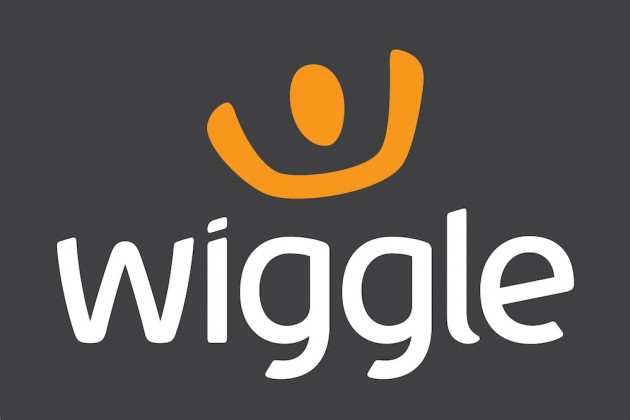Understanding Google Paid Search: FAQs Answered
Introduction
If you’re running an online business, you’ve probably heard of PPC — but knowing when to use it, what types of ads to run, and how to make the most of your budget isn’t always clear. This guide covers the most frequently asked questions about Google Paid Search so you can make smarter decisions, cut wasted spend, and get the most out of every click.
What is Paid Search (PPC)?
PPC stands for “Pay-Per-Click” — a model where advertisers pay each time someone clicks their ad. It’s a way to drive traffic by paying for visibility, rather than waiting for organic SEO results. When people refer to PPC, they usually mean Google Ads or Microsoft (Bing) Ads.
When should you use Google Ads?
Google Ads are ideal when:
- Your audience actively searches for what you sell.
- You want to capture high-intent traffic.
- You have a range of relevant keywords that match how people shop or search.
What are the benefits of PPC?
- Instant Results: Campaigns go live quickly and can start driving traffic right away.
- High-Quality Visitors: Your ads reach people already looking for your products or services.
- Precise Targeting: Reach users by location, device, audience, time of day — even behaviours.
- Full Control: You can adjust budgets, test different messages, pause underperforming campaigns, and make changes in real time.
What types of Google Ads are there?
- Search Ads: Text-based ads triggered by keywords that appear in Google’s search results.
- Performance Max: Accesses all of Google’s inventory — Search, Shopping, YouTube, Display — from a single campaign.
- Shopping Ads: Great for ecommerce. These show product images, prices and store names directly in the search results.
- Remarketing Ads: Re-engage people who’ve visited your site but didn’t convert.
- Display & Video Ads: Promote your brand with banners or videos across the web or on YouTube.
How much does PPC cost?
There’s no fixed cost — you set your budget. How much you pay depends on competition, keyword demand, and your industry. You can start small, then scale based on results.
How quickly can you see results?
A well-set-up campaign can start driving traffic and conversions within hours. But long-term performance depends on testing, tracking, and ongoing optimisation.
What is Quality Score?
Quality Score is how Google measures the relevance of your ads and keywords. It affects how much you pay and how often your ads appear. It’s based on:
- Click-through rate (CTR)
- Ad relevance
- Landing page experience
Higher scores = lower costs and better placement.
What is Ad Rank?
Ad Rank decides where your ad appears on the search results page. It’s based on:
- Your bid
- Your Quality Score
- Expected impact of ad extensions and formats
Better Ad Rank = better visibility without always having to outbid competitors.
What is a SERP?
SERP stands for Search Engine Results Page — the page of results you see after entering a search into Google. It includes organic listings, paid ads, images, videos, and more.
How is PPC different from SEO?
SEO is about improving your organic rankings over time — it’s slow, technical, and competitive. PPC gives you immediate visibility and full control. Both can work together, but PPC is often the faster route to performance.






